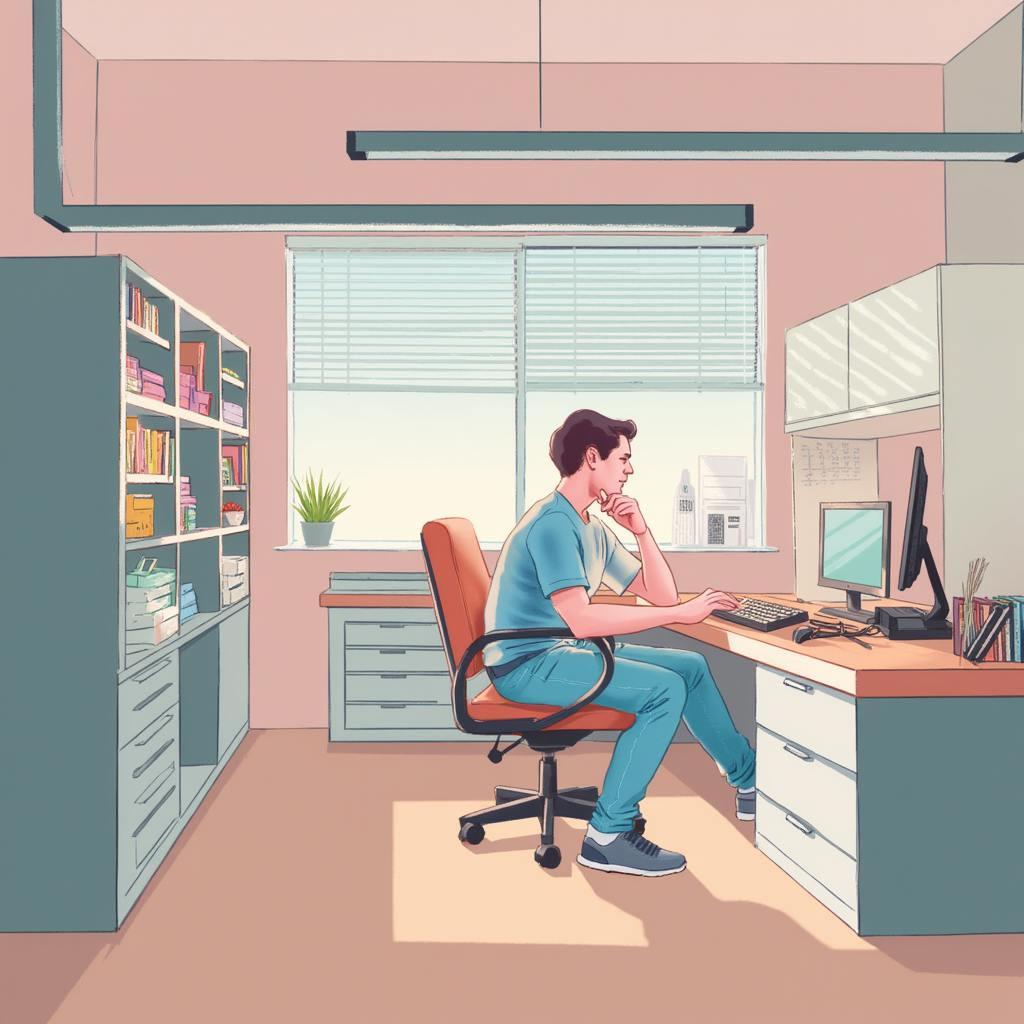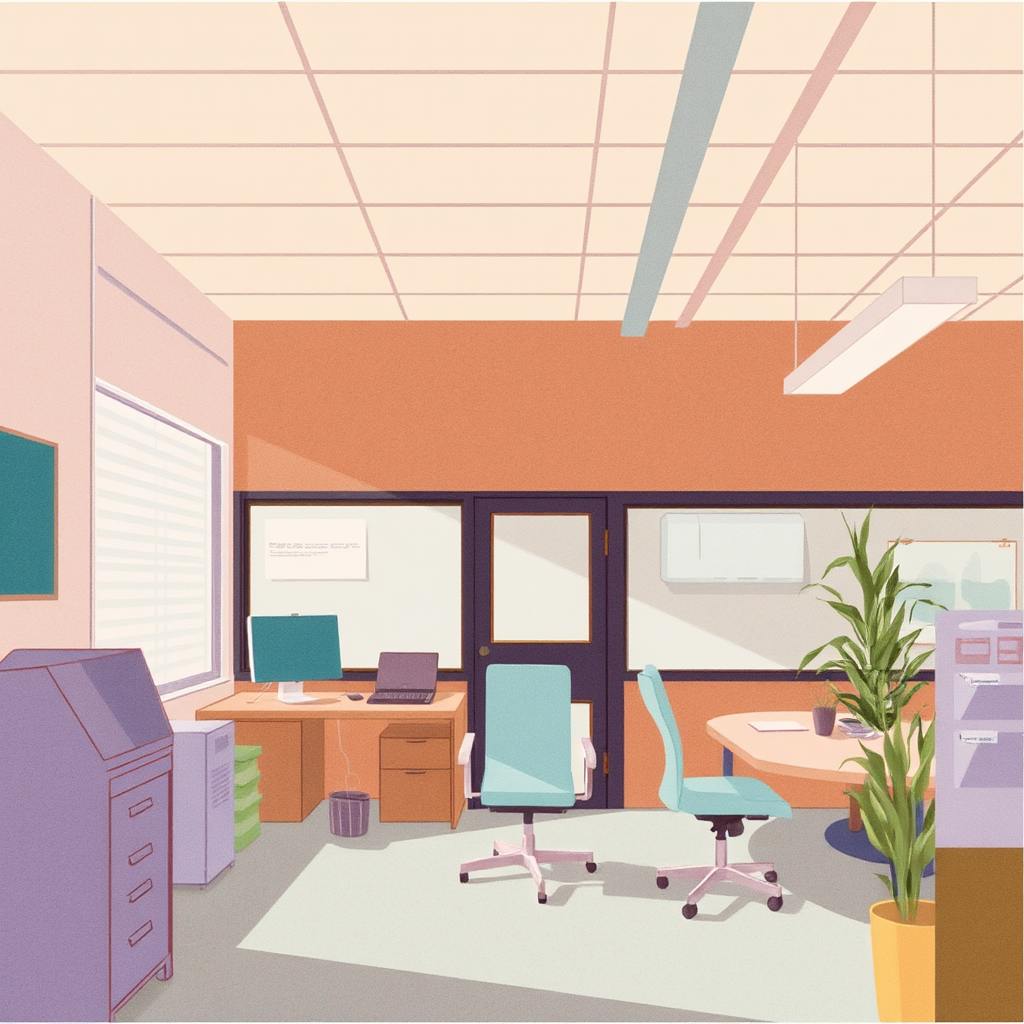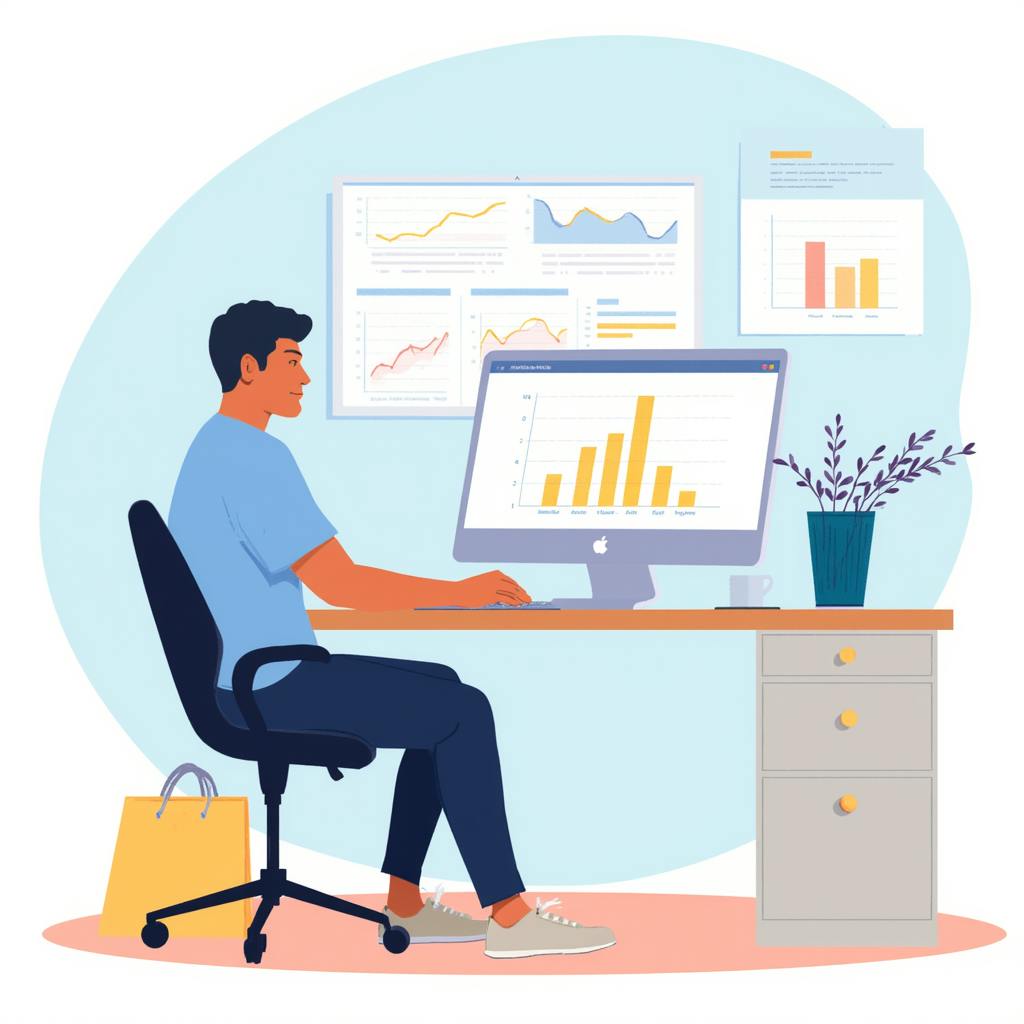2025 workplace design trends are transforming how we perceive and interact with our office environments. Forward-thinking companies are not just embracing aesthetic changes but are focusing on creating functional spaces that cater to the diverse needs of their workforce. From flexible office design styles to innovative workplace layouts and trending office interiors, staying ahead of these trends is crucial for any business looking to attract and retain top talent.
Personalized and Flexible Workspace Designs
Clear and adaptable office spaces are dominating workplace layout innovation. As hybrid work models continue to mature, there's an increasing need for offices that can be rearranged effortlessly. Modular furniture, adjustable workstations, and versatile meeting areas allow for personalization, enabling employees to tailor their environments to their specific tasks and preferences. Flexibility now goes beyond simply providing standing desks or cozy bean bags; it's about crafting spaces that evolve with user needs.
Integration of Technology
Technology is at the heart of future office design. Seamless digital integration is no longer optional but essential. Smart office solutions, such as IoT devices, AI-driven lighting and climate control systems, and virtual collaboration tools, are set to define the office space trends for 2025. These technologies enhance productivity and foster a smarter, more cohesive work environment, where efficiency is optimized, and employee well-being is prioritized.
Biophilic Design and Sustainable Materials
As environmental consciousness grows, incorporating nature into office design is becoming more prevalent. Biophilic design—which integrates natural elements like plants, water features, and natural lighting—has been shown to reduce stress and increase creativity. Sustainable materials and eco-friendly practices are also becoming the norm in trending office interiors, reflecting a broader commitment to corporate responsibility and sustainable development goals.

AI made with Dean Jones
Community and Collaboration-Centric Spaces
Modern workplaces emphasize the importance of community and collaboration. Open-plan offices are evolving to create spaces that encourage interaction and team engagement while still offering zones for focused work. This includes agile meeting pods, informal lounges, and innovation hubs designed to foster creative thinking and spontaneous collaboration, aligning with the current trends in office space for 2025.
Wellness-Oriented Environments
The future of office design heavily revolves around health and well-being. Wellness-oriented spaces focus on ergonomic furniture, natural light optimization, and access to open, airy environments. Additionally, features like meditation rooms, in-house fitness centers, and healthy food options are becoming commonplace, ensuring that workplaces support the holistic well-being of their occupants.
FAQ: Addressing Common Questions on Workplace Design
Why is personalization in workplace design important?
Personalization enhances employee satisfaction and productivity by allowing individuals to tailor their environments to their specific needs and work styles.
How does technology influence office design trends?
Technology streamlines operations, increases connectivity, and enhances employee experiences through advanced tools and smart systems.
What benefits does biophilic design offer?
Biophilic design fosters a connection with nature, reduces stress levels, and boosts creativity and productivity.
FAQs on Workplace Design Trends
Welcome to our FAQ article on workplace design trends. In this piece, we'll explore the anticipated design trends for 2025, discuss strategies for integrating these trends into your existing office layout, and examine the driving forces behind these changes. We'll also outline the importance of staying informed about future workplace design trends.
What are the top workplace design trends predicted for 2025?
- Hybrid Workspaces: Given the increase in remote and hybrid work, offices will continue to prioritize flexible spaces that accommodate both in-person and virtual collaboration. This trend includes incorporating hot-desks, shared spaces, and adaptable meeting areas with advanced telecommunication technology.
- Biophilic Design: Emphasizing the connection to nature, biophilic design integrates natural elements like greenery, natural light, and organic materials into the workspace. This approach aims to enhance employee well-being and productivity.
- Wellness-Centric Environments: Design features that promote health and well-being will be pivotal. This includes ergonomic furniture, dedicated wellness areas, meditation rooms, and on-site fitness facilities, fostering both physical and mental health.
- Sustainability and Eco-Friendly Designs: Eco-conscious office designs with sustainable materials, energy-efficient systems, and waste reduction strategies are becoming standard. This trend is driven by both environmental concerns and corporate social responsibility.
- Smart Technology Integration: As technology continues to advance, workplaces will increasingly incorporate smart systems such as IoT devices, automated climate controls, and AI-driven data analytics to enhance efficiency and user experience.
- Diversity and Inclusivity in Design: Design strategies will increasingly reflect a commitment to diversity and inclusion, with spaces that accommodate a wide range of abilities, cultural backgrounds, and work styles.
How can I incorporate 2025 workplace design trends into my current office layout?
- Assess Current Space and Needs: Begin with a thorough assessment of your current office layout to identify areas that can be adapted to embrace these trends. Evaluate spatial usage, technological infrastructure, and employee feedback.
- Flexible Furniture Solutions: Invest in adaptable furniture that can easily be rearranged or reconfigured to support different modes of work, from focused tasks to collaborative sessions.
- Introduce Biophilic Elements: Gradually incorporate natural elements by adding indoor plants, maximizing natural light with strategic window placements, and using materials like wood and stone.
- Enhance Technological Infrastructure: Upgrade your office's tech setup to support hybrid work and smart technologies. This might include improving Wi-Fi, integrating IoT devices, and investing in high-quality audio-visual equipment for virtual meetings.
- Promote Health and Sustainability: Implement ergonomic solutions and introduce wellness programs or spaces within the office. Also, integrate sustainable practices such as recycling stations and energy-efficient lighting systems.
- Cultural and Inclusivity Considerations: Create spaces that reflect and respect cultural diversity and inclusivity, such as multi-faith prayer rooms, accessible design features, and collaborative areas that accommodate different working styles.

AI made with Dean Jones
What is driving the anticipated changes in workplace design for 2025?
Several factors are influencing these changes:
- Technological Advancements: The rapid pace of technological development drives the need for updated infrastructure and smart solutions that cater to modern work demands.
- Changing Work Patterns: The rise of remote work and a flexible workforce requires environments that support diverse and dynamic work modes.
- Employee Well-being: There is a growing recognition of the link between the work environment and employee health, satisfaction, and productivity, prompting designs that prioritize well-being.
- Environmental Concerns: Global emphasis on sustainability and environmental responsibility presses companies to adopt eco-friendly practices and designs.
- Diversity and Inclusion: A broader societal focus on inclusivity and equality informs workplace design choices to meet diverse needs and preferences.
Why is it important to stay informed about future workplace design trends?
- Competitive Edge: Adopting cutting-edge design trends ensures that your workplace remains attractive to current and prospective talent, ultimately boosting recruitment and retention.
- Enhanced Productivity and Morale: A well-designed workplace can improve employee satisfaction, productivity, and overall morale, which benefits organizational performance.
- Future-Proofing: Staying aware of upcoming trends and integrating them helps keep your workplace adaptive and prepared for future changes in work dynamics.
- Social and Environmental Responsibility: By keeping up with trends that emphasize sustainability and inclusivity, organizations can fulfill social responsibilities and contribute positively to the community and environment.
- Cost-Effectiveness: Proactive adaptation to workplace design trends can prevent costly future overhauls, making incremental improvements more financially feasible over time.
By staying informed and incorporating these trends, businesses can create environments that are not only forward-thinking but also conducive to productivity, well-being, and inclusivity.
Conclusion
By embracing these forward-thinking trends, businesses can transform their spaces into dynamic environments that attract talent and enhance productivity. The 2025 workplace design trends reflect a broader shift towards more versatile, technology-advanced, and employee-centric environments. By staying informed and adapting to these evolving trends, companies can ensure their workplaces remain both relevant and competitive in the ever-changing landscape of office design.

